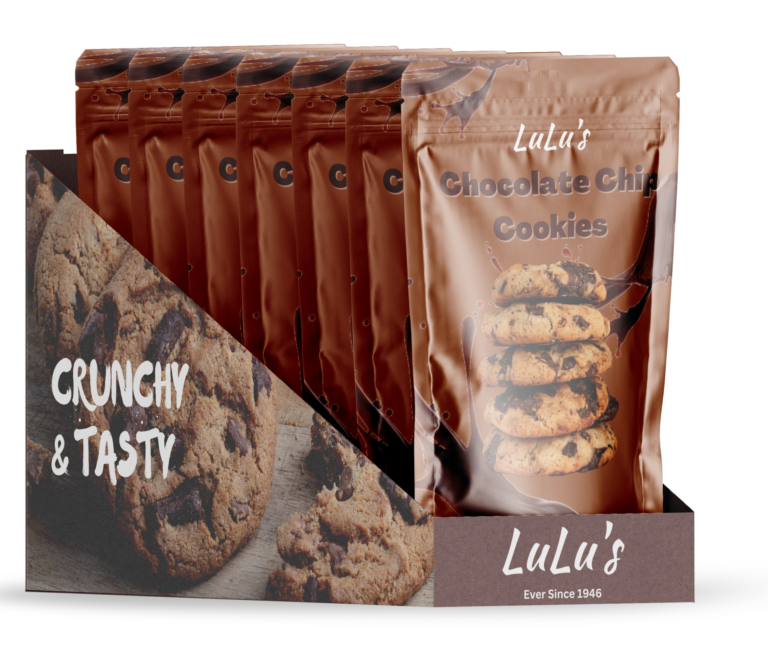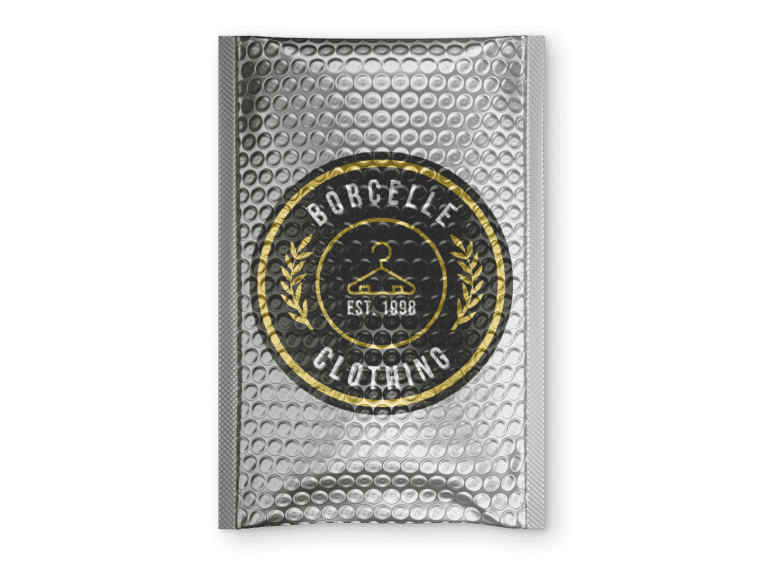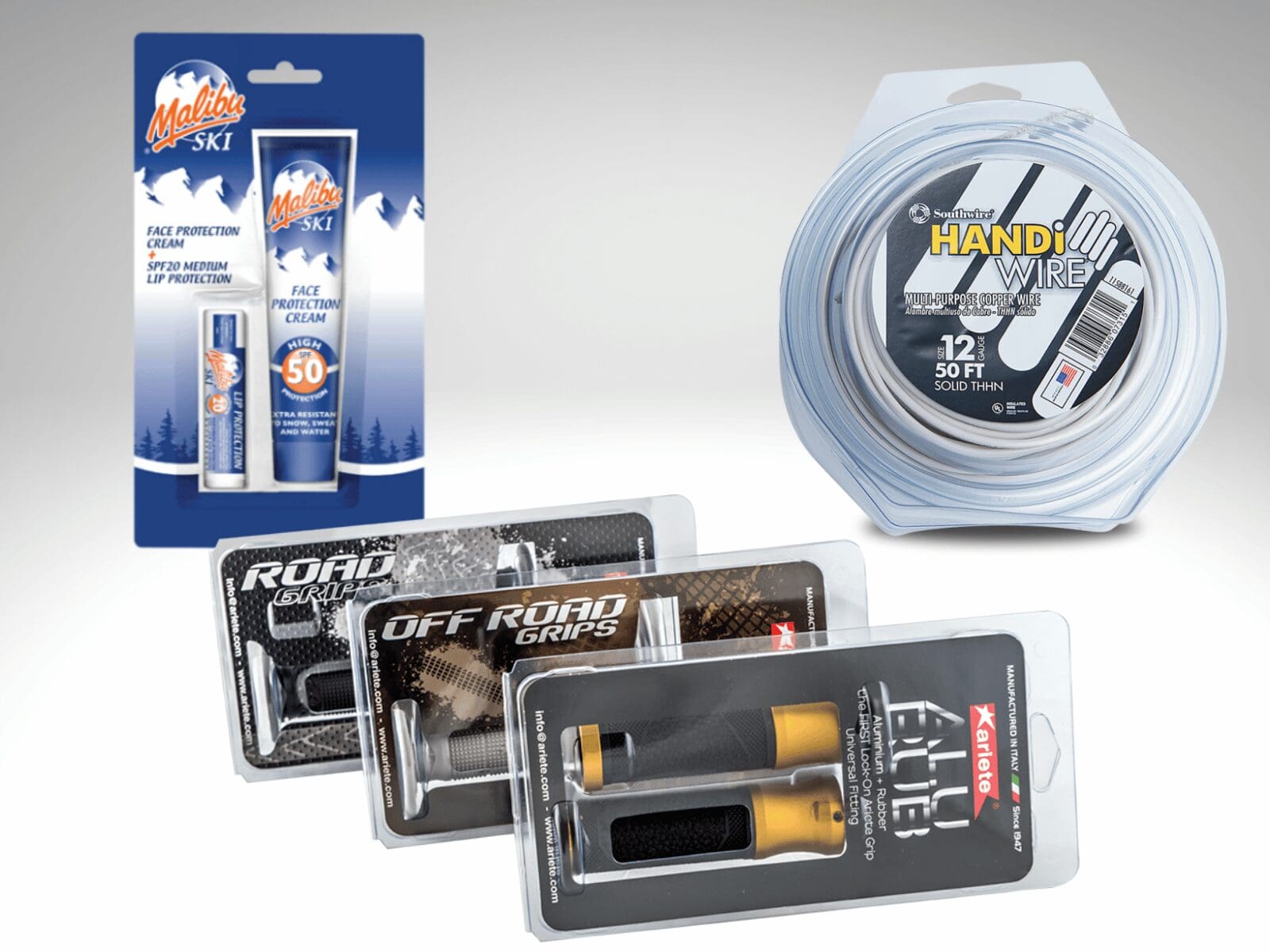Home » The Connection Between Packaging and Brand Identity
The Connection Between Packaging and Brand Identity

In today’s highly competitive marketplace, the packaging of a product plays a crucial role in determining a brand’s success. It is the first point of contact between a brand and its customers and can have a lasting impact on the customer’s perception of the brand.
As consumers are bombarded with numerous products vying for their attention, it is increasingly important for brands to differentiate themselves and stand out from the crowd. One of the most effective ways to do this is through the packaging of the product.
Packaging is not just a means of protection and preservation, but also a powerful tool for shaping a brand’s identity.
Overview: Packaging and Brand Identity
In this blog, we will delve into the relationship between packaging and brand identity and explore the various ways that brands are using packaging to communicate their values and messaging to their customers.
From the use of eco-friendly materials to reflect a commitment to sustainability to the use of premium materials to communicate a brand’s premium quality, we will examine the various ways that brands are using packaging to shape their identity and stand out from the competition.
We will also discuss the impact that packaging has on customer perception and the ways in which it can influence a customer’s decision to purchase a product. Whether you’re a brand looking to establish your identity or a customer looking to make informed purchasing decisions, this blog will provide valuable insights into the world of packaging and brand identity.

The Connection Between Packaging and Brand Identity
The connection between packaging and brand identity is a crucial one as packaging plays a critical role in establishing and communicating a brand’s identity to its customers. Packaging is often the first point of contact between a brand and its customers, and it can make a lasting impression that can influence their perception of the brand. Here’s a closer look at the connection between packaging and brand identity:
First Impressions
Packaging is the first thing that customers see when they encounter a product, and it can create a lasting impression. A well-designed and visually appealing packaging can make a positive impression on customers and help establish the brand’s identity in their minds.
Brand Message
Packaging is an effective tool for communicating a brand’s values and messaging to its customers. Brands can use packaging to convey information about the product, such as its features, benefits, and usage instructions, as well as the brand’s values, such as its commitment to sustainability or its focus on quality.
Brand Personality
Packaging can also help convey a brand’s personality, such as its sense of humor, its approachability, or its sophistication. By using specific colors, shapes, and images, brands can create packaging that reflects their personality and helps to establish their identity in the minds of customers.
Brand Awareness
Packaging is also an effective tool for increasing brand awareness. A distinctive and memorable packaging design can help customers recognize the brand and remember it in the future.

How Brands are Using Packaging to Communicate their Values and Messaging
Brands are using packaging in a variety of ways to communicate their values and messaging to customers. From the use of eco-friendly materials to reflect a commitment to sustainability, to the use of premium materials to communicate a brand’s premium quality, packaging is a powerful tool for shaping a brand’s identity and communicating its values and messaging to customers. Here are some of the ways that brands are using packaging to communicate their values and messaging:
Sustainability
Many brands are using eco-friendly packaging materials, such as recyclable or biodegradable materials, to communicate their commitment to sustainability and the environment. This not only helps to reduce waste and protect the environment but also appeals to customers who are looking for environmentally conscious brands.
Premium Quality
Brands can use premium materials, such as high-quality paper, glass, or metal, in their packaging to communicate a premium quality image. This can help to differentiate the brand from its competition and communicate its focus on quality to customers.
Personalization
Packaging can also be personalized to communicate a brand’s focus on individual customers. For example, brands can use custom packaging with personalized messages or images to create a personal connection with customers and build brand loyalty.
Simplicity and Minimalism
Brands can also use simple and minimalist packaging designs to communicate a focus on functionality and efficiency. This type of packaging can appeal to customers who are looking for products that are easy to use and do not have any unnecessary features.
Innovation
Brands can use innovative packaging designs, such as interactive or augmented reality packaging, to communicate their focus on innovation and technology. This can help to differentiate the brand from its competition and appeal to customers who are looking for cutting-edge products.

Conclusion: Packaging and Brand Identity
In brief, packaging plays a critical role in establishing and communicating a brand’s identity to its customers. The connection between packaging and brand identity is a vital one, and brands are using packaging in a variety of ways to communicate their values and messaging to customers. From eco-friendly materials to premium materials, from personalization to simplicity, packaging is a powerful tool for shaping a brand’s identity and communicating its values and messaging to customers.
A well-designed and effective packaging can help establish a brand’s identity, increase brand awareness, and make a positive impression on customers, all of which can contribute to the brand’s success in the marketplace. It is essential for brands to understand the connection between packaging and brand identity and to use packaging as a tool to communicate their values and messaging to customers.
For customers, understanding the ways in which brands are using packaging to communicate their values and messaging can help them make informed purchasing decisions. By paying attention to packaging, customers can gain insight into a brand’s values and messaging, and they can make purchasing decisions that align with their personal values and preferences.
In conclusion, packaging and brand identity are closely linked, and it is essential for brands to use packaging effectively to communicate their values and messaging to customers. This can help establish a strong and recognizable brand identity, increase brand awareness, and make a positive impression on customers, contributing to the brand’s success in the marketplace.
If you are interested in custom packaging, then contact Brown Packaging today to get started.
As tariff changes reshape global trade, packaging buyers moving production from China to the U.S. or nearshore regions face a new challenge: supplier qualification. Transitioning
With new tariff proposals and continued trade uncertainty, 2026 is shaping up to be another pivotal year for packaging sourcing strategy. Many companies that shifted
Following multiple rounds of tariff changes and trade policy adjustments, 2026 marks a turning point for U.S. packaging buyers. Many who previously transitioned from China
Shifting packaging production from China to the U.S. can help stabilize costs, reduce tariff exposure, and shorten lead times. But the transition process requires careful
RSC boxes are known for their efficiency and versatility, but their performance ultimately comes down to strength. Buyers often see numbers like ECT, BCT, and
In packaging, foam isn’t just about initial protection — it’s about maintaining performance over the entire shipping or storage cycle. Compression set and recovery characteristics
Home » The Connection Between Packaging and Brand Identity

Wine, the elixir of celebration and sophistication, demands packaging that not only safeguards its integrity but also reflects its prestige. Whether you’re a winery owner,

Holiday e-commerce volumes can overwhelm manual packing operations. Automation offers a scalable way to meet peak demand while maintaining accuracy, speed, and consistency. For packaging

When it comes to product packaging, choosing between blister packaging and clamshell packaging can often be confusing, as they both originate from the thermoforming process


